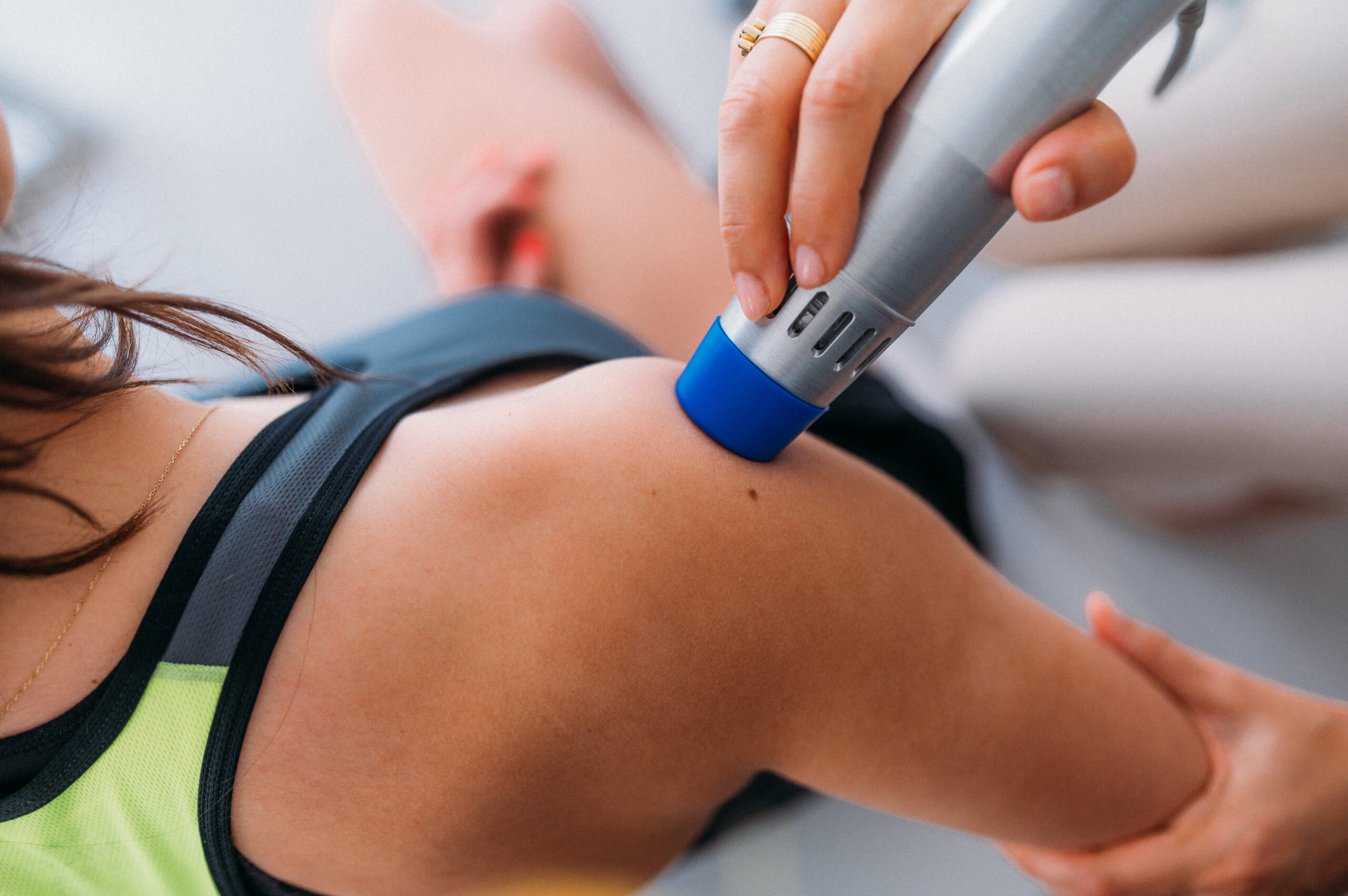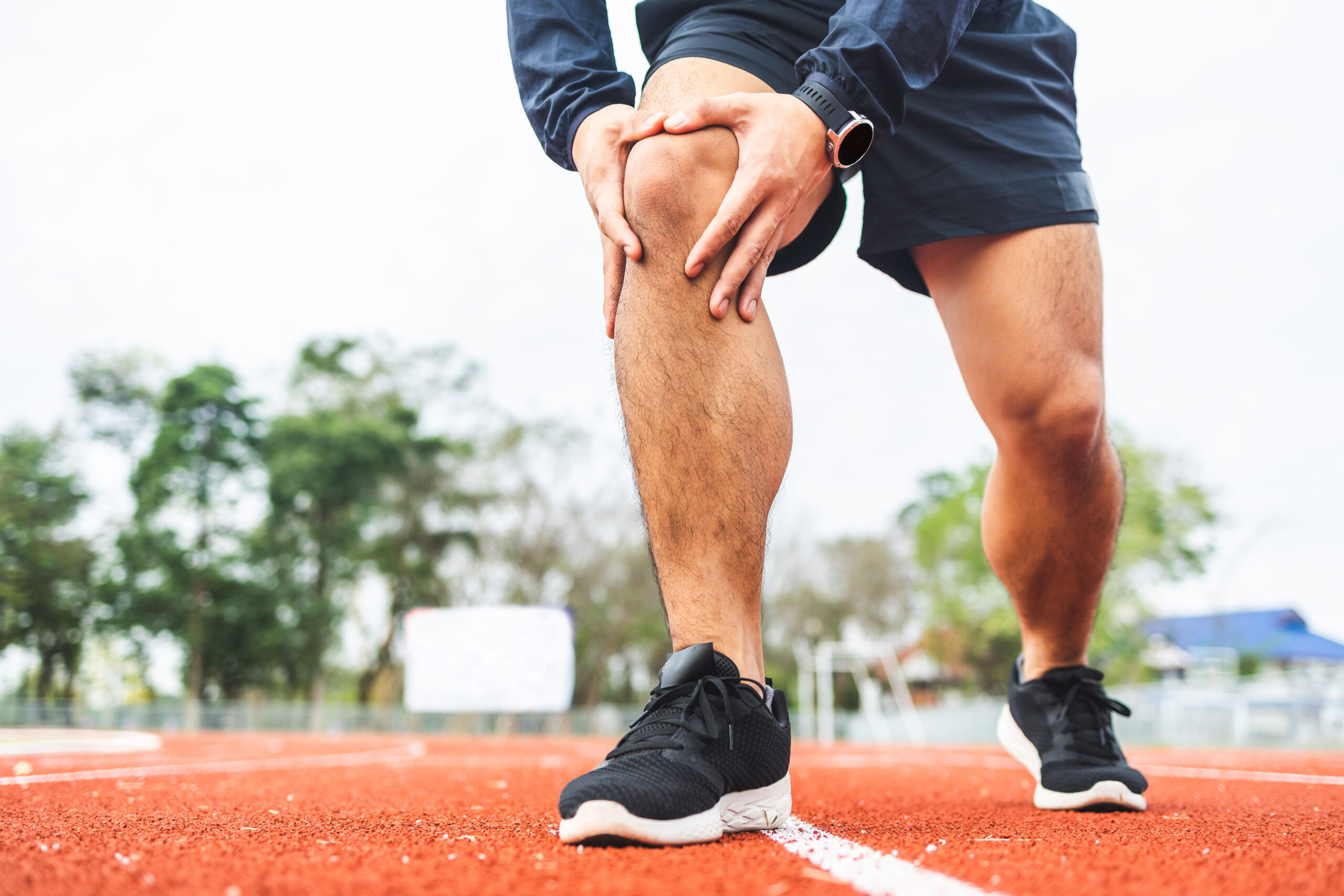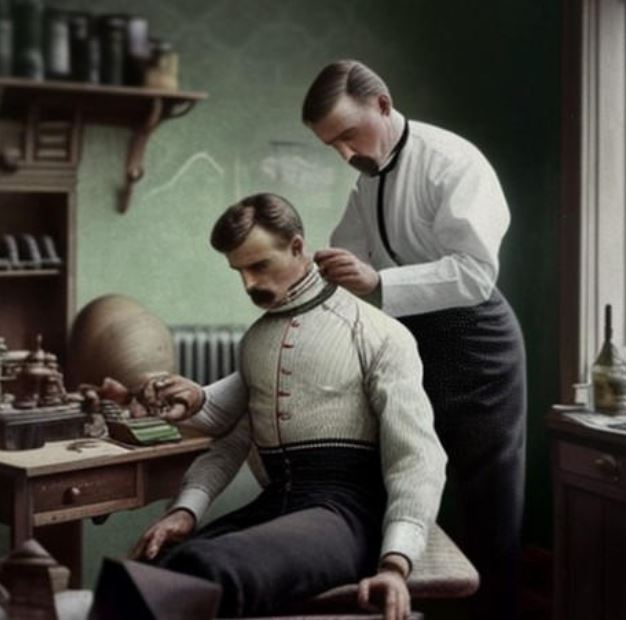Chiropractic Active Release Techniques for Common Conditions
Active Release Techniques (ART) are a widely used and effective treatment method within the chiropractic profession. Developed by Dr. Michael Leahy in 1988, ART is a soft tissue management system that combines manual therapy with patient-specific movements to diagnose and treat soft tissue injuries. This article will explore the various ART techniques employed by chiropractors and the conditions they commonly address with these methods.
What is Active Release Technique?
ART is a hands-on, movement-based therapy that focuses on the manipulation of soft tissues, such as muscles, ligaments, tendons, and fascia. The technique involves applying direct pressure to the affected area while guiding the patient through specific movements. This combination of pressure and movement helps to release adhesions, break up scar tissue, and restore optimal function to the musculoskeletal system.
Chiropractors who specialize in ART undergo extensive training and certification to ensure they have a thorough understanding of the human body’s anatomy and biomechanics. This knowledge enables them to diagnose and treat a wide range of musculoskeletal issues effectively.
Common Active Release Techniques:
Longitudinal Release Technique: This technique involves the application of pressure along the length of the muscle fibers. The chiropractor will use their hands or fingers to apply pressure while moving the patient’s limb or body part through a range of motion. This technique is beneficial for addressing muscle tightness and adhesions.
Transverse Release Technique: The transverse technique targets muscle fibers that run perpendicular to the targeted tissue. The chiropractor applies pressure across the muscle fibers while guiding the patient through specific movements. This method is effective for releasing tension in muscles and improving flexibility.
Pin and Stretch Technique: In this technique, the chiropractor pinpoints an area of muscle tightness or adhesion and applies direct pressure with their thumb or fingers. The patient is then guided through a series of stretching movements to lengthen the muscle and release the adhesion. This method is particularly useful for treating muscle strains and sprains.
Flossing Technique: Flossing involves using a back-and-forth motion to break up adhesions and scar tissue. The chiropractor applies pressure to the affected area while guiding the patient through specific movements, allowing the tissue to “floss” under the pressure. This technique is helpful for treating areas with limited mobility and range of motion.
Conditions Treated with Active Release Techniques:
Chiropractors utilize ART to treat various conditions resulting from soft tissue injuries, including:
Carpal Tunnel Syndrome: ART can help alleviate the symptoms of carpal tunnel syndrome by releasing adhesions and restoring normal nerve function in the wrist and hand.
Sciatica: Sciatica often results from tight muscles and adhesions in the lower back and hip area, leading to nerve compression. ART can help release these adhesions and reduce pain and inflammation associated with sciatica.
Plantar Fasciitis: ART can effectively treat plantar fasciitis by breaking up adhesions in the foot’s connective tissue, reducing inflammation, and promoting healing.
Tennis Elbow: Chiropractors can use ART to address the muscular imbalances and adhesions that contribute to tennis elbow, thereby reducing pain and improving function.
Runner’s Knee: ART can help relieve pain and inflammation associated with runner’s knee by targeting tight muscles and adhesions in the knee and surrounding areas.









